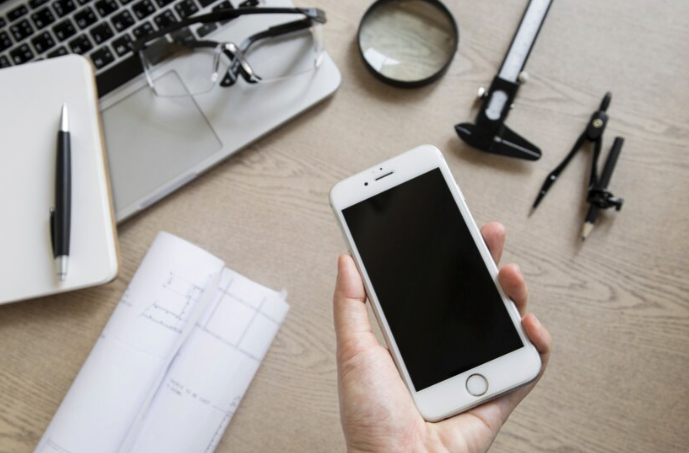Is your iPhone running very slow? There are several factors that might be causing this issue, including limited storage space, excessive background activities, or outdated software. Let's explore some effective ways to boost your iPhone's performance and get it back to its optimal speed. For deeper solutions, many users turn to professional iPhone cleanup and repair services.
If you care about the speed of your device, then you might want to boost your phone with the app. When you launch CleanUp App - Phone Cleaner, the app looks for similar photos. Usually, these are unsuccessful takes of the same scenes or photos downloaded from the network. This smart cleaning frees up space on your device and makes it work faster. The effectiveness of the method depends on the reason for the device freezing. If the iPhone asks to clean up more memory on your device, then you will notice a big increase in speed.
If you're using an app that requires a stable internet connection, it's essential to check your network. A slow internet connection can cause apps to take longer to launch or display their content, making it seem like your iPhone is slower. To address this issue, try toggling Airplane Mode on and off to refresh the network, or connect to a reliable Wi-Fi. For more detailed solutions, be sure to read our comprehensive guide on how to increase cellular data speed on your iPhone.
Enabling Low Power Mode can help extend your iPhone's battery life, but it may also hinder some tasks. Power-intensive apps and processes might take longer to complete. To alleviate this, consider turning off Low Power Mode. Here's how:
If you’ve been wondering why your iPhone seems sluggish, the answer might be simpler than you think—it could be time for a software update. Newer iOS versions often address performance bugs that can slow down your device, so keeping your iOS updated is crucial. How to Update iOS:
If you’re using a beta version of iOS, it might not be fully optimized, which could be causing the slowdown. According to Serhii Popov, a Software Engineer at Setapp, “Beta versions are not always fully optimized, although recent iOS betas have performed fairly well. If your device is running a beta version, consider either waiting for the stable release or reverting to the latest stable iOS version. In some cases, users consider turning to professional iPhone repair services in Singapore when software fixes don’t fully resolve performance issues.


If your iPhone is running slower than usual, a simple yet effective solution could be to adjust your device's brightness and motion settings. Even minor reductions in these settings can save energy and enhance your iPhone's overall performance. How to Reduce Motion on Your iPhone:
Backing up your phone can be a bit tricky, especially when the responsibility falls on you to remember. While setting your iPhone to automatically back up to iCloud may seem convenient, it can consume valuable resources and isn’t always necessary for everyone. Here’s a better approach:
This change allows you to take control of when and how often your phone backs up. It can also enhance your device’s performance over time. Just make sure to remember to back up your information regularly!
To understand how to speed up your iPhone, you need to understand where exactly the device's resources are currently being directed. Most likely, they are spent on maintaining background processes, processing large amounts of data in the device's memory, or the device's operation is poorly optimized in outdated software versions. All of this can be fixed, but you may need to try several methods until you achieve a noticeable effect.